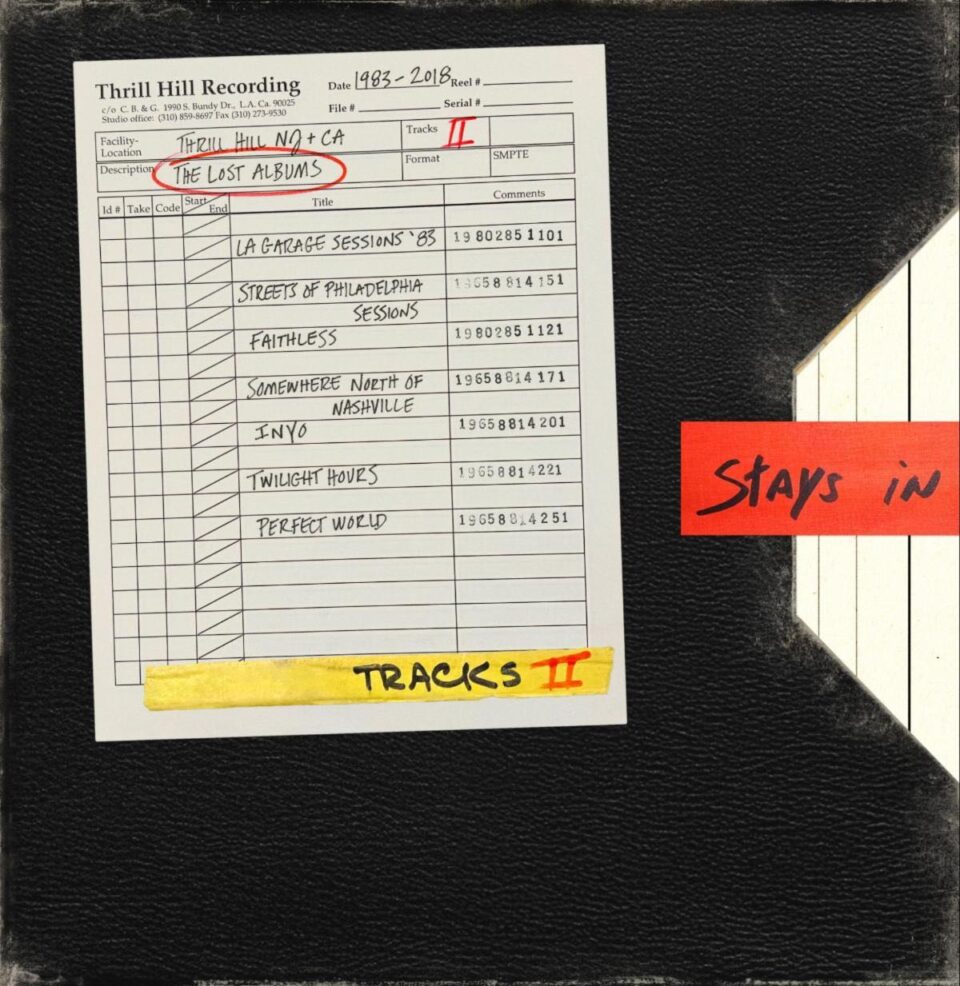Once upon a time, there was a magical land where mermaids and sailors coexisted with Romans and cowboys in (almost) perfect harmony. It was a paradise ruled by kings who wore suits instead of armor and could spin stories into actual gold. It’s this dream world—Hollywood in the 1950s—where Joel and Ethan Coen set their seventeenth feature. Hail, Caesar! is an irreverent comedy in the vein of the brothers’ Burn After Reading, Intolerable Cruelty, and The Ladykillers, but the earnestness hiding behind the film’s tongue-and-cheek send-ups of classic cinema genres beautifully captures the fairytale wonder of the golden age of major studios, elevating the final product.
Every fairytale needs its hero and Hail, Caesar! has Eddie Mannix—a studio “fixer” played by Josh Brolin. Mannix acts as Capitol Pictures’ knight in shining armor—cleaning up messes from casting issues and racy photo shoots, hiding out-of-wedlock pregnancies, taking down communist plots—as well as the audience’s tour guide through the zany world of motion picture soundstages.
While the film is whimsically narrated by Michael Gambon, it’s Mannix who keeps the action rolling. Even when things slide off the rails following the kidnapping of the handsome and dimwitted A-lister Baird Whitlock (George Clooney at his silliest), Mannix is able to juggle gossip-hungry columnists Thora and Thessaly Thacker (both played by an underused Tilda Swinton) and a large job offer from Lockheed aviation without missing a step. A lot of action swirls around Mannix and his ultimate quest to find Whitlock and get him back to set, but that plot isn’t very interesting (or developed); it’s the day-to-day filming at Capitol Pictures that dazzles in Hail, Caesar!.
On the first backlot soundstage that Mannix walks into—while trying to help star DeeAnna Moran (Scarlett Johannson) hide her unplanned pregnancy—a whimsical synchronized swimming routine is well underway. Swimmers in brightly colored bathing costumes with brilliant smiles spin around Moran, who’s donning full mermaid princess regalia. Her hair is perfect and her makeup flawless as she’s lifted high above the pool with a trident in her hand. We aren’t given any details about the film they’re shooting, but the production values and the grand score are mesmerizing. As the director ends the scene and we’re thrown out of that fantasy world, it’s hard not to yearn for more.
Hail, Caesar! faithfully depicts the quintessential traits of Technicolor westerns, large-scale swimming sagas, and sweeping religious dramas—along with the issues that each faded genre came with.
This feeling is only compounded when we stumble onto the set of Merrily We Dance—a witty period piece by esteemed director Laurence Laurentz (Ralph Fiennes at his most charming). The film has everything—drama, betrayal, fancy costumes, and grand sets—but it’s just received a new leading man straight from the ranch: the kind-but-thick singing cowboy Hobie Doyle (an enchanting Alden Ehrenreich). In an attempt to change Doyle from a western star into a romantic contender, Laurentz engages with the young actor and tries to teach him how to smoothly deliver a line and a mirthless chuckle. (Would that it were so simple!) These behind-the-lens scenes are exceptionally awkward as Doyle, who’s game to try anything, fumbles around a silent set and forgets to make eye contact with his costars.
Watching the cowboy-turned-heartthrob trip over even the simplest lines is hilarious, but it also reminds us that not everyone can deliver a massive monologue with the ease and gravitas of the missing Whitlock. By the time he makes his way back to the Capitol Pictures backlot, everyone is waiting to watch the mega-star perform his pivotal scene in Hail, Caesar! as a Roman officer who has seen the light of Jesus Christ. And he delivers it so brilliantly (well most of it at least) that his passion stops everyone on set in their tracks. As an outsider, it’s hard not to smirk at the intensity of the planned epic, but through the Coens’ tight direction, Whitlock’s speech about humanity and the crucified Son of God tugs at your heartstrings—and for a split second you forget what movie you’re really here to see.
It’s frivolous and fun, but it’s deadly serious about getting the small details right.
Hail, Caesar! faithfully depicts the quintessential traits of Technicolor westerns, large-scale swimming sagas, and sweeping religious dramas—along with the issues that each faded genre came with—but its most enchanting moment comes from the Coen Brothers’ take on grand Hollywood musicals. Inside the giant rolling doors of Capitol Pictures’ Stage 8, dashing song and dance man Burt Gurney (a perfect Channing Tatum) is shooting a sailor comedy that features the breakthrough musical number “No Dames.” Yes, the lyrics are corny and the homosexual undertones are turned way up in this barroom dance, but the intricate choreography and sheer talent of the actors leave you more motivated to go watch Singing in the Rain than to laugh that scene off as one long sailor joke.
Tatum’s big scene isn’t exactly essential to finding Whitlock, but it’s a perfect homage to the films and stars of yesteryear. And that’s what makes Hail, Caesar! such a great ride—it’s frivolous and fun, but it’s deadly serious about getting those small details right. Nothing about the film feels fake, even though it pulls the curtain back on the entire industry, exposing everything to be fabricated and calculated. Maybe that’s why Mannix turns down the lucrative aviation job to continue wandering around the chaotic soundstages of Capitol Pictures. Who cares that none of it is real? That doesn’t make the dream factory’s products any less entertaining. FL









